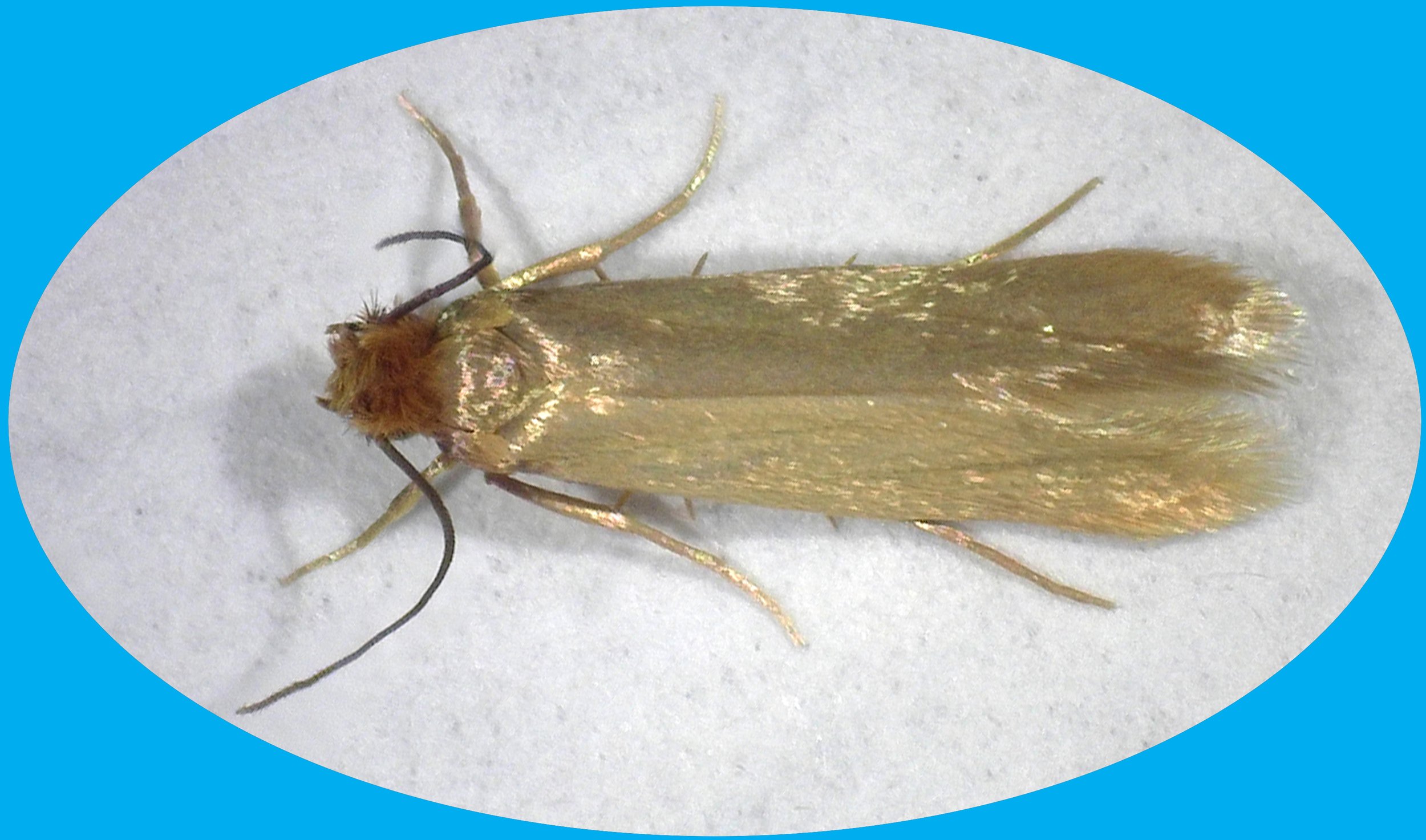5 Things to Know About the Webbing Clothes Moth
The webbing clothes moth (Tineloa bisselliella) is one of the most notorious textile pests, causing damage to wool, fur, and other natural fibers in homes, museums, and businesses. Despite their small size, these moths can create big problems when left unchecked. Here are five key things you need to know about them:
1. Webbing Clothes Moth Are Not Strong Fliers
Unlike pantry pests or larger moths you might see around lights, webbing clothes moths prefer dark, undisturbed areas. They tend to crawl rather than fly and are often found in closets, attics, or storage areas where infested items are kept. If you see a moth fluttering near a light, it’s likely not a clothes moth.
2. Webbing Clothes Moth Larvae, Not the Adults, Cause Damage
The adult webbing clothes moths themselves don’t feed on fabrics. Instead, it’s their larvae that cause the destruction. After hatching from eggs, the larvae spin silky webbing as they move, feeding on keratin-rich materials like wool, silk, feathers, and even pet hair. The webbing can form a network of tubes that the larvae use to protect themselves as they feed. If you spot damage, you’re likely dealing with an active infestation.
3. Webbing Clothes Moth Prefer Dirty, Undisturbed Fabrics
Webbing clothes moth larvae are especially attracted to sweat, body oils, and food stains left on fabrics. This is why garments stored without cleaning - especially wool sweaters, coats, and blankets - are at a higher risk. Regularly cleaning and vacuum-sealing stored fabrics can help prevent infestations.
4. Pheromone Traps Are Key for Monitoring Webbing Clothes Moths
Because webbing clothes moths avoid light and are often hidden, detecting an infestation early can be difficult. Pheromone traps are an essential tool for monitoring, as they attract male moths, helping guage the level of infestation and interrupt the breeding cycle. If you’re seeing moths in your trap, it’s time to take action before the larvae cause damage.
5. Freezing and Heat Treatments Can Kill Webbing Clothes Moth Infestations
If you suspect a webbing clothes moth infestation in stored fabrics, you can freeze or heat-treat items to kill eggs and larvae. Place infested items in a freezer at 0 degrees Fahrenheit (-18 degrees Celsius) for at least 72 hours or use high-heat treatments (such as dry cleaning or heating above 120 degrees Fahrenheit (49 degrees Celsius)) to eliminate pests.
After treatment, items should be quarantined in impenetrable vessels such as vacuum bags or moth-resistant garment bags to prevent residual moths from finding and reinfesting the treated articles. Ongoing monitoring is also essential to ensuring the efficacy of treatment and exclusion.
Protect Your Home and Collections
If you suspect a webbing clothes moth infestation, Insects Limited offers expert monitoring solutions to help safeguard your home, museum, or storage space. Visit our store for pheromone insect monitors, and professional-grade guidance on preventing stored product and textile pest infestations.
Insects Limited, an Insect Pheromone Company
Insects Limited, Inc. researches, tests, develops, manufactures and distributes pheromones and trapping systems for insects in a global marketplace. The highly qualified staff also can assist with consultation, areas of expert witness, training presentations and grant writing.
Insects Limited, Inc. specializes in a unique niche of pest control that provides mainstream products and services to protect stored food, grain, museum collections, tobacco, timber and fiber worldwide. Please take some time to view these products and services in our web store.



